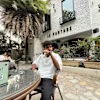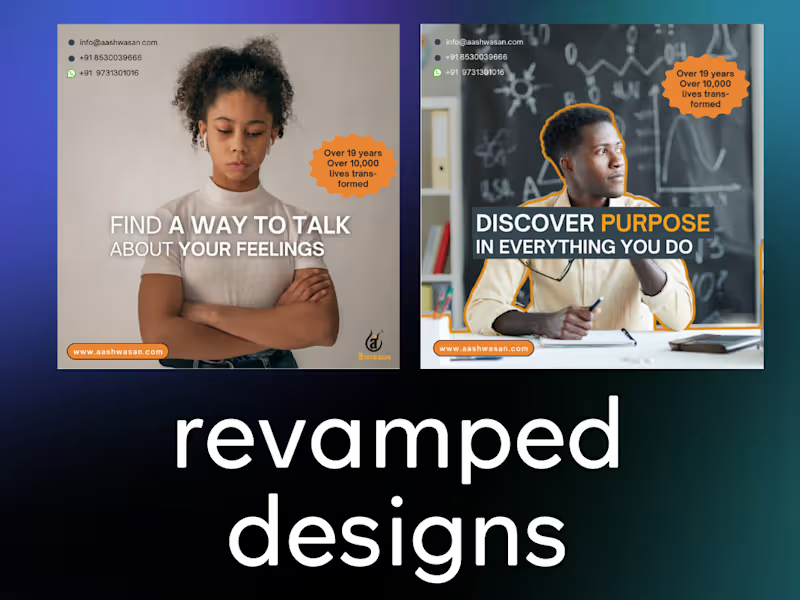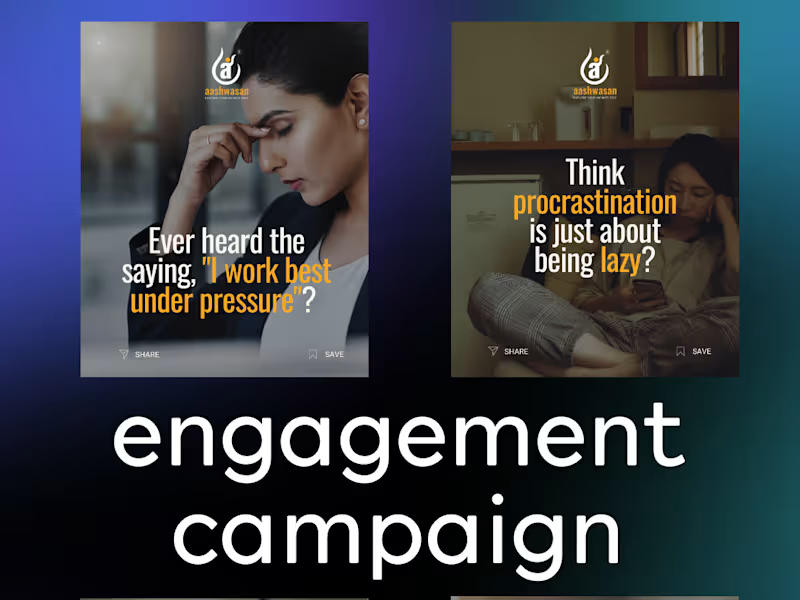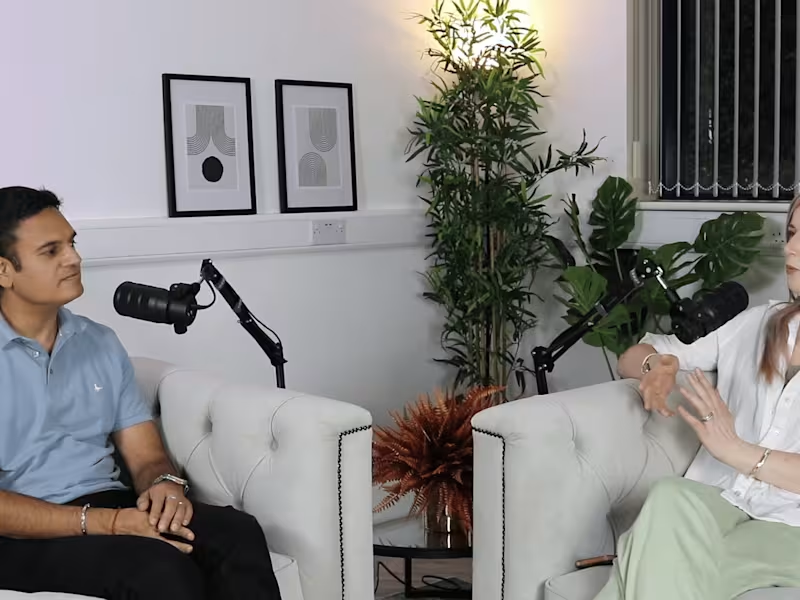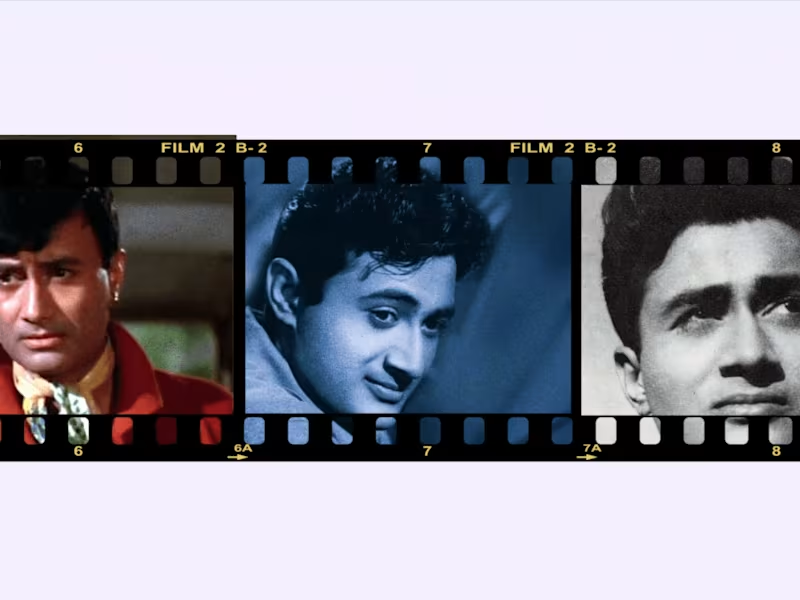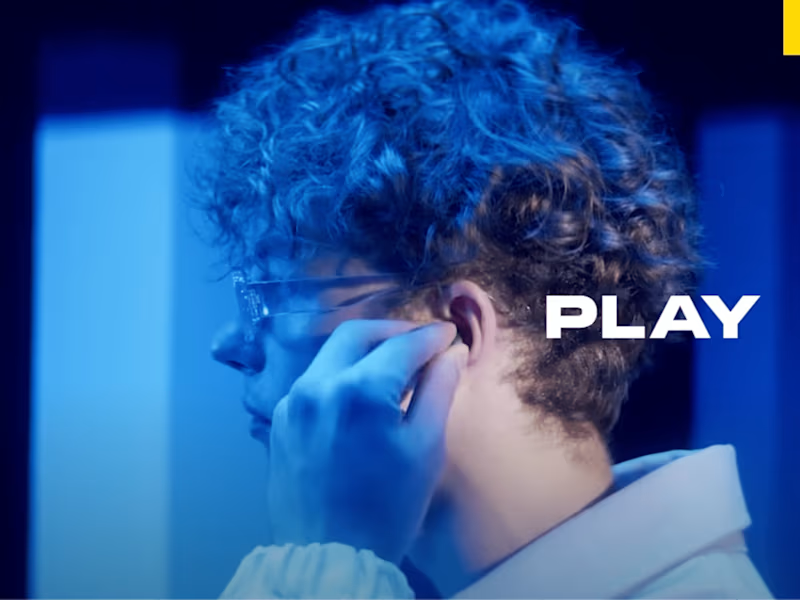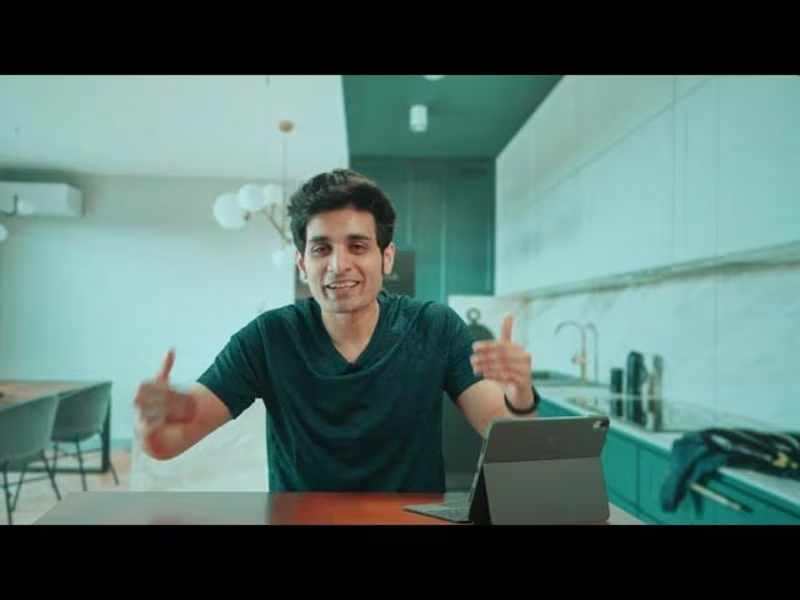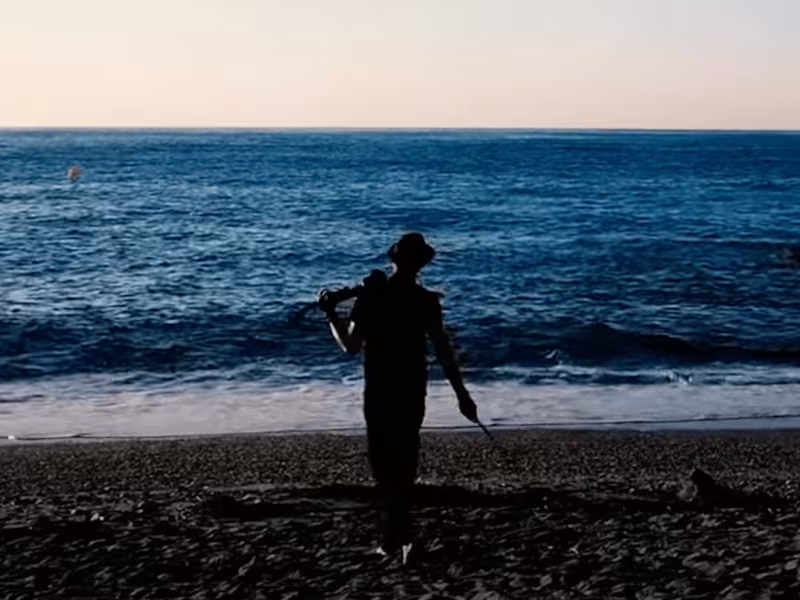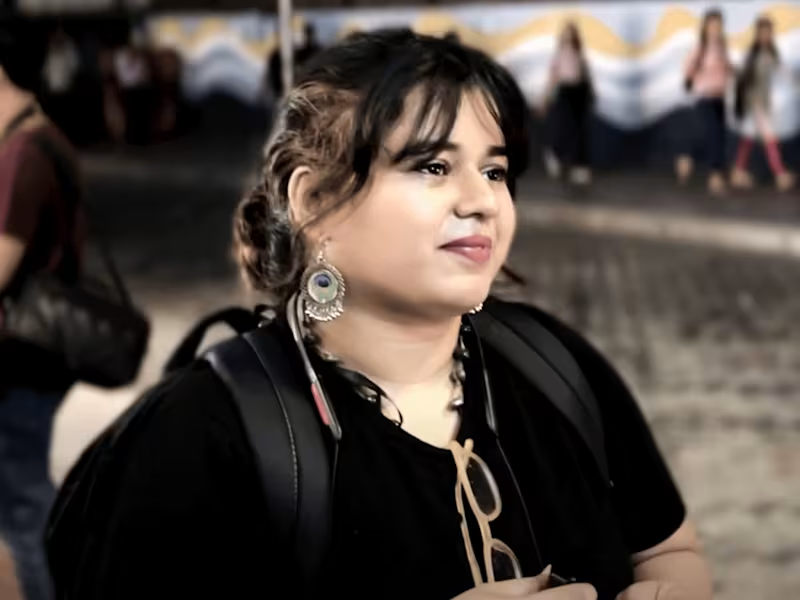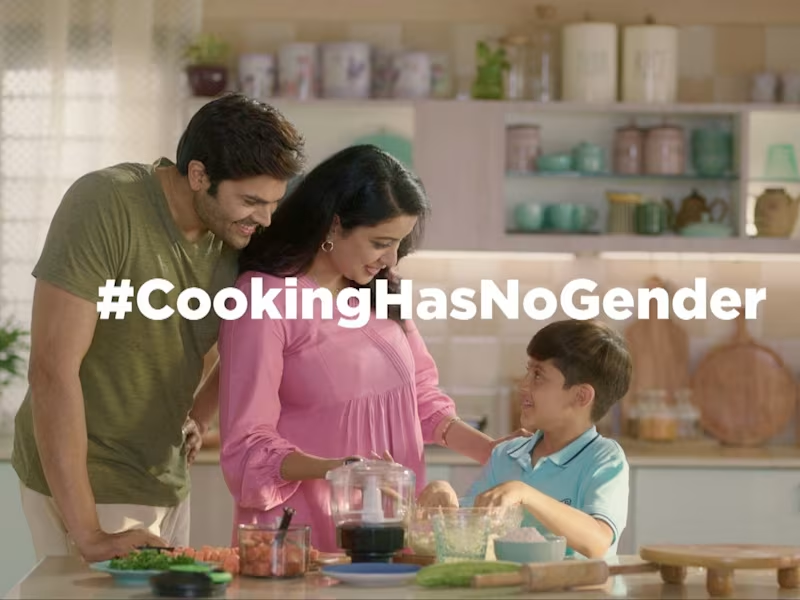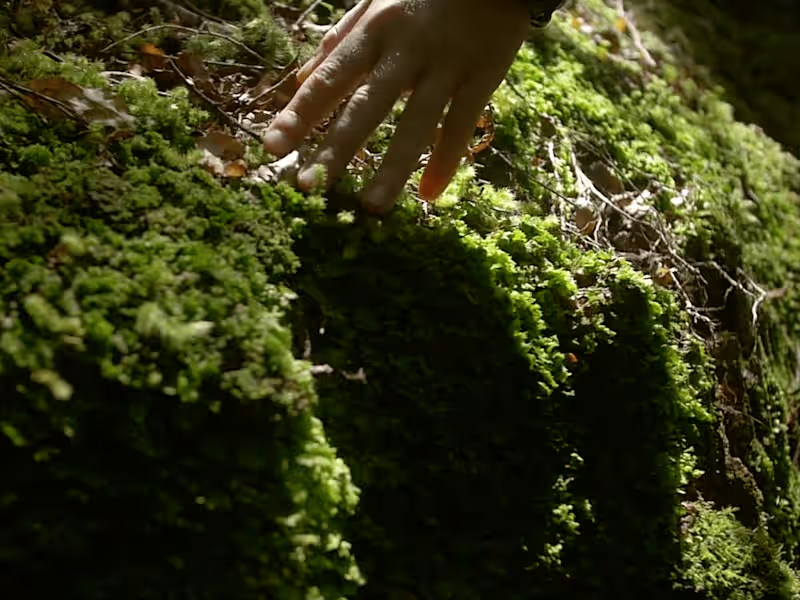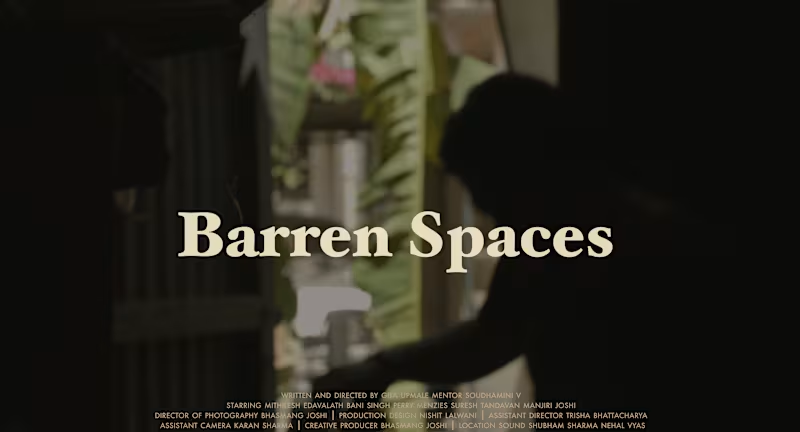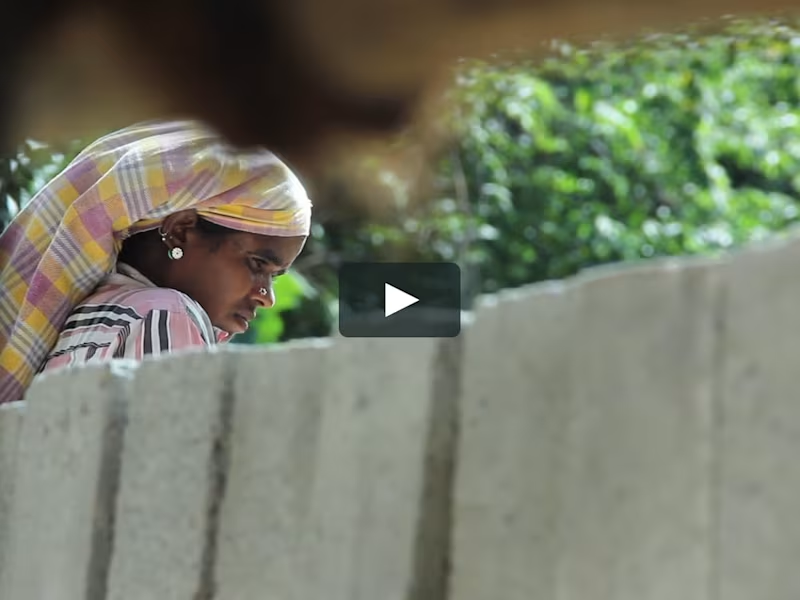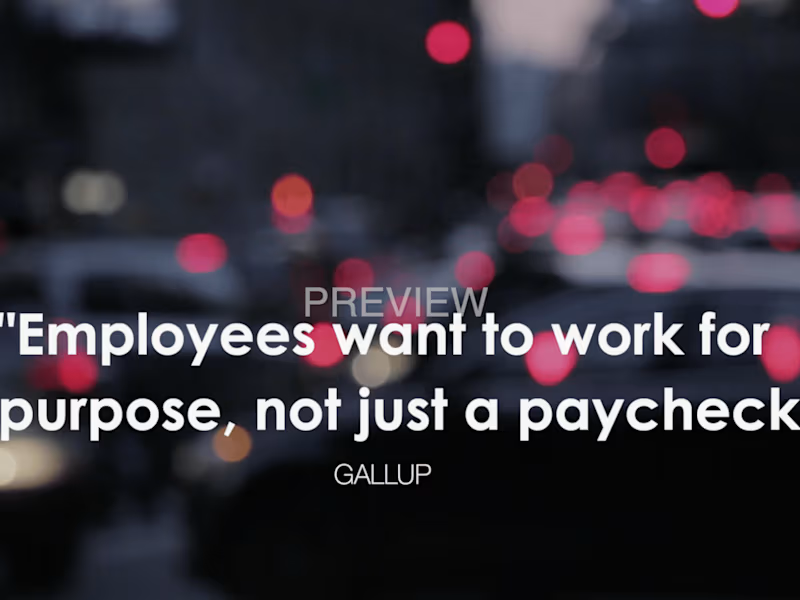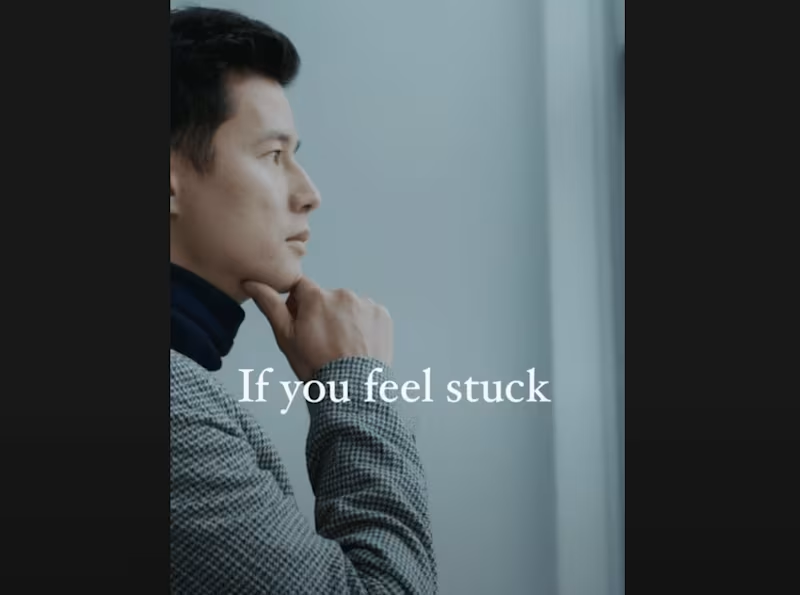How do I define the scope of a sound design project?
Clearly outline what you need the sound designer to deliver. Describe the type of sound elements you require, such as background music, sound effects, or voiceovers. Consider any specific themes or styles you want, like a mystical atmosphere or realistic city sounds. This helps the sound designer understand your vision and manage their workflow efficiently.
What should I include in a sound design brief?
Provide detailed project information, including necessary deliverables and deadlines. Share any reference materials or inspiration that capture the desired mood or sound. Highlight key events or scenes where specific sound design is crucial, ensuring the designer aligns with your expectations from the start.
How can I evaluate a sound designer's portfolio effectively?
Listen closely to the quality and style of their past work, assessing if it suits your project needs. Consider the variety and creativity in their projects, ensuring they have experience with different themes and soundscapes. Check if their previous clients or projects align with the quality you’re seeking.
How do I discuss project timelines with a freelancer?
Lay out a clear timeline for all phases of the project, including initial drafts and final revisions. Discuss how the sound designer approaches deadlines, ensuring they can commit to your schedule. Factor in any potential revisions or feedback rounds to avoid rushing toward the end.
What criteria should I consider when reviewing sample work?
Focus on the sound quality, originality, and consistency to ensure it meets your standards. Consider how well the sound complements the intended scene or mood in their examples. You can test for suitability by observing how engaging or impactful their sound designs feel.
What points should I discuss during initial meetings with a sound designer?
Clarify your objectives, key scenes needing unique sounds, and your vision for the final output. Discuss the tools or software they use to ensure compatibility with your needs. Establish a communication plan for regular updates and check-ins throughout the project.
How can I ensure the sound designer understands the cultural context of Karnataka?
Share specific cultural elements of Karnataka that are pertinent to your project, such as local instruments or sounds. Provide examples of traditional or region-specific music that might influence the sound design. Encourage them to incorporate these elements, ensuring their designs resonate with a local audience.
Should the sound designer capture ambient sounds from Karnataka?
Discuss the significance of authentic ambient sounds from locations like bustling markets or serene landscapes in Karnataka. Determine if these sounds are vital to the authenticity of your project. If so, clarify whether the designer should record these personally or source them elsewhere.
How can I make sure the sound designer is familiar with music styles popular in Karnataka?
Ask them to explore unique musical styles of Karnataka, such as different folk or classical forms. Recommend listening to local music to understand the melodic and rhythmic elements you want. Share any specific musicians or tracks that inspire your project.
How do I create a feedback loop for sound design projects?
Establish regular review sessions to discuss drafts and progress. Provide constructive feedback regarding what aligns well and what requires tweaks. Maintain open communication to ensure understanding and quick turnaround on revisions.
Who is Contra for?
Contra is designed for both freelancers (referred to as "independents") and clients. Freelancers can showcase their work, connect with clients, and manage projects commission-free. Clients can discover and hire top freelance talent for their projects.
What is the vision of Contra?
Contra aims to revolutionize the world of work by providing an all-in-one platform that empowers freelancers and clients to connect and collaborate seamlessly, eliminating traditional barriers and commission fees.

